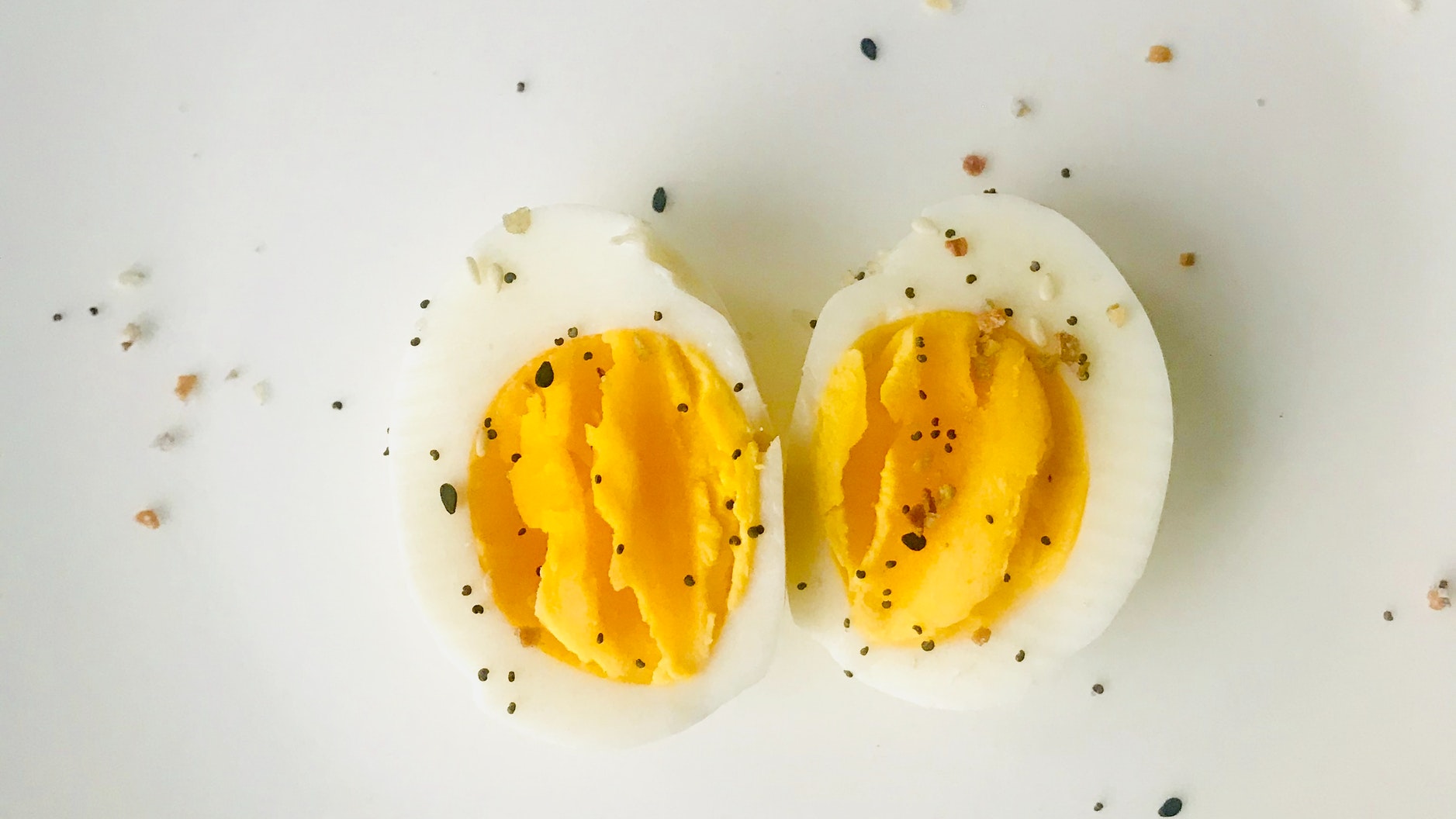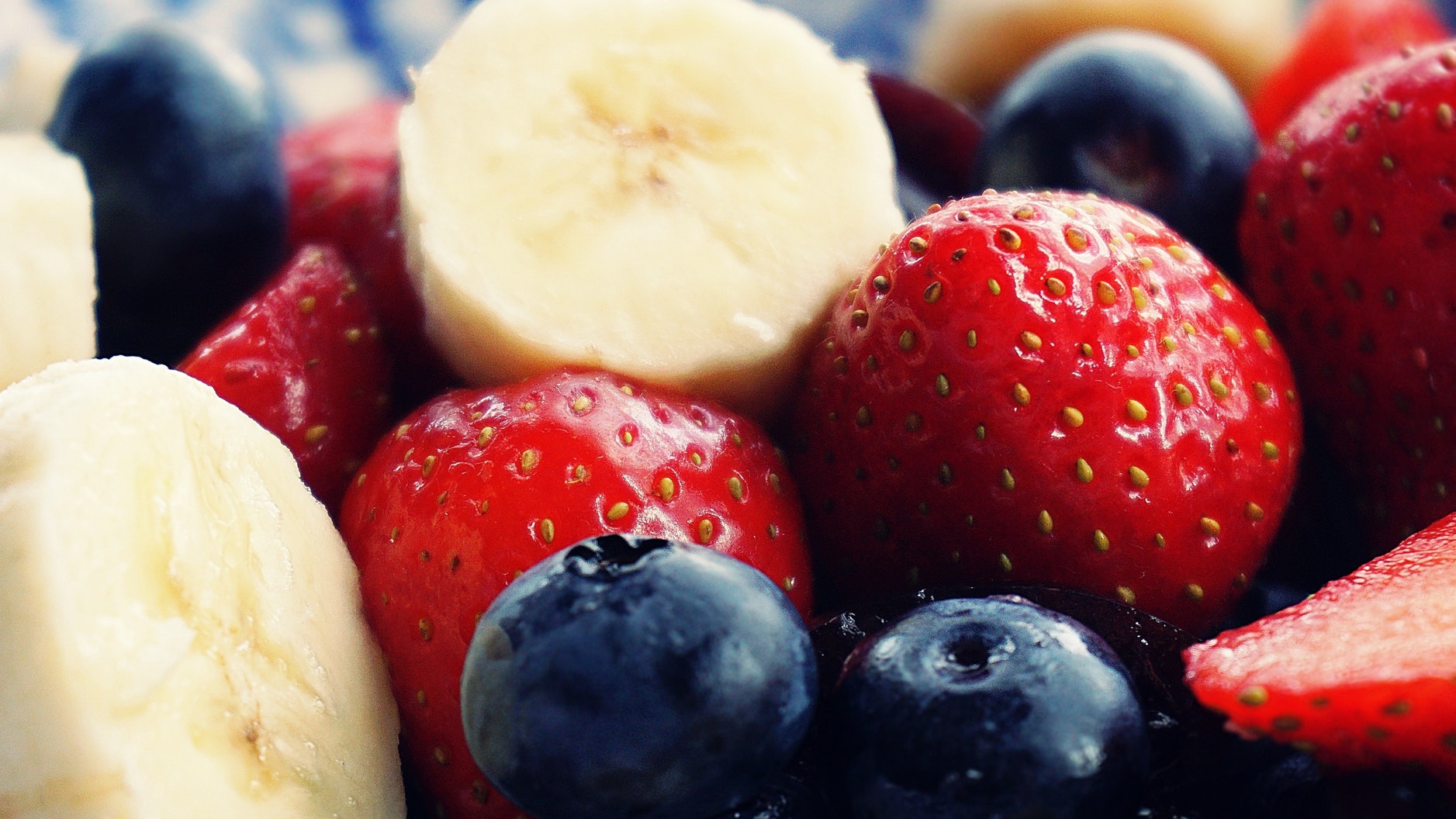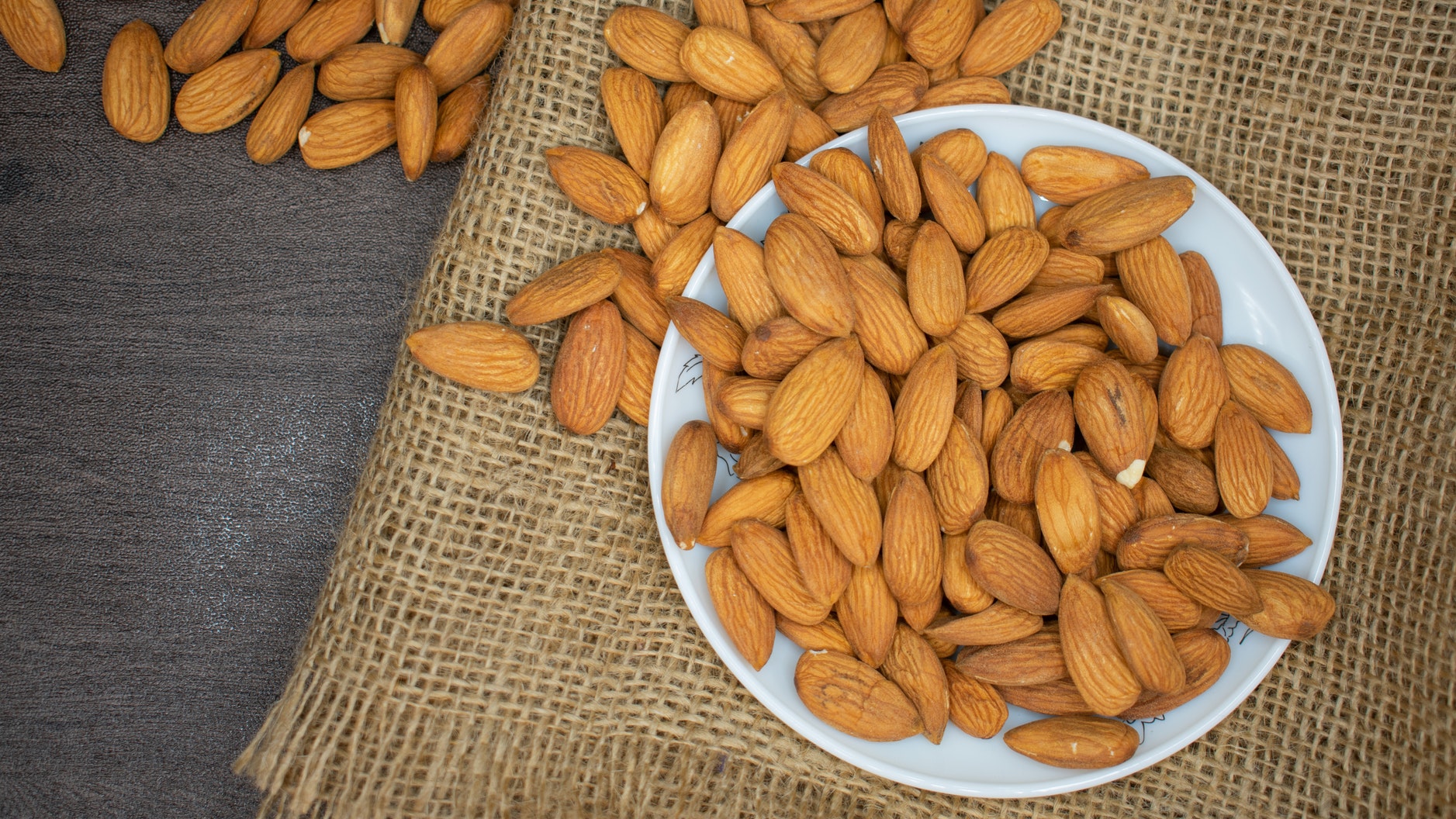A research- and nutrition-based eating plan, the Volumetrics Diet is about feeling full and satisfied by eating more low-calorie density and fewer high-calorie density foods.
Created by renowned nutrition researcher and College of Health and Human Development Director at Penn State University Park in Pennsylvania, Barbara J. Rolls, PhD has, so far, released three books about the Volumetrics Eating Plan.
Read on to find out more about this diet, which ranked number 6 (tied with the Mayo Clinic Diet) on U.S. News & World Report’s Best Diets Overall’s 2019 list.

The Volumetrics Diet – An Overview
The Volumetrics Diet, as its name suggests, promotes healthy eating for weight loss and as a lifetime by focusing on calorie density – or the amount of calories present per unit measure (volume) of food. Non-starchy vegetables, for example, only have 100 calories per pound; in comparison, ice cream contains 1,200 calories per pound.
The Volumetrics Eating Plan recommends eating more foods that have a low-calorie and high-nutrient density and avoiding or minimizing consumption of high-calorie and low-nutrient density foods. With fewer calories, you can eat bigger portions to feel full and satisfied, which also means consuming more nutrients.
Dr. Rolls’s books on the Volumetrics Diet discuss not only the concept of calorie density, but also include lists of healthy food options, menu plans, recipes, and heaps of research-based tips and tools to help people interested in following the eating plan make healthy food choices.
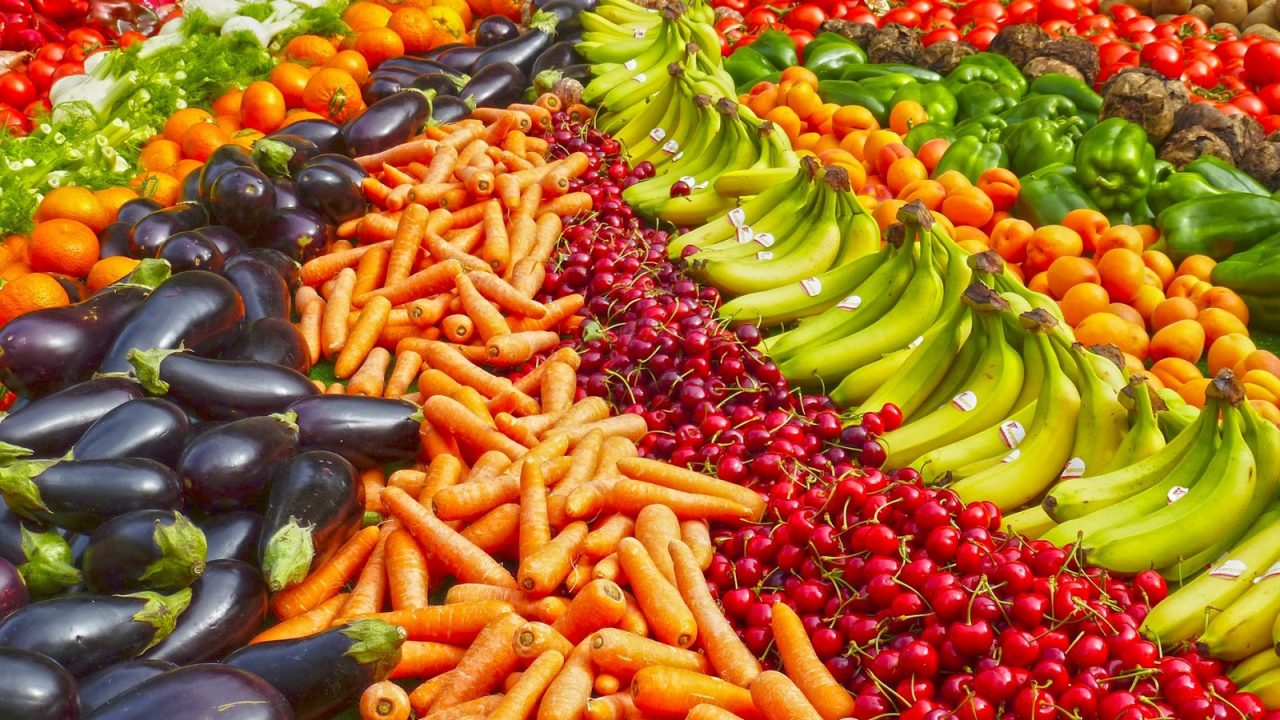
How Does the Volumetrics Diet Work?
When you’re 100% full and satisfied, then you won’t eat more. Following this simple logic, the Volumetrics Diet is designed to help participants feel fuller by eating bigger portions of foods with low-calorie density. This means you literally fill up with more food, but you choose foods with fewer calories, more water, and more nutrients.
The Volumetrics Diet is essentially more about eating and less about dieting. As long as you choose the right kinds of foods, you can feel full without the “added weight” of empty calories. A full stomach means you’re less likely to overeat, and you won’t suffer from feelings of hunger, frustration, deprivation, and even depression. And because you can feel satiated on fewer calories, you can effectively lose weight. If you stick to the diet long enough, you’ll be able to achieve your target weight; and if you adopt the diet for life, you’ll be able to maintain a healthy weight.
In one of her books, Dr. Rolls also says that, “You won’t have to cut out all the fat from your diet, live on rabbit food, subsist on foods on a ‘free’ list, or avoid any food.” She provides ways by which you can still enjoy your guilty pleasures – or high-calorie density foods – occasionally and in minimal amounts so that these foods will not lead to weight gain.
Foods that are low in calorie density are high in nutrients, fiber, and water, which make them naturally filling. These foods include:
- Fresh fruits
- Vegetables
- Whole grains
- Beans
- Lean meats
- Low-fat dairy
The Volumetrics Diet is based on solid science, and with an emphasis on a balanced diet of fruits, vegetables, whole grains, lean meats, low-fat dairy, and beans, it promotes a healthy approach to weight loss and an overall healthy lifestyle.
With the recipes and tips provided in Dr. Rolls’s books, you’ll find it easy to modify your daily diet to make it more interesting and satisfying to your palate, and not just your stomach. The diet is flexible enough that you can experiment with different ingredients, as long as you make sure that these are low-calorie density ingredients.
Following the diet does require a lot of meal preparation; and you will have to familiarize yourself with low-calorie density ingredients, at least in the beginning.
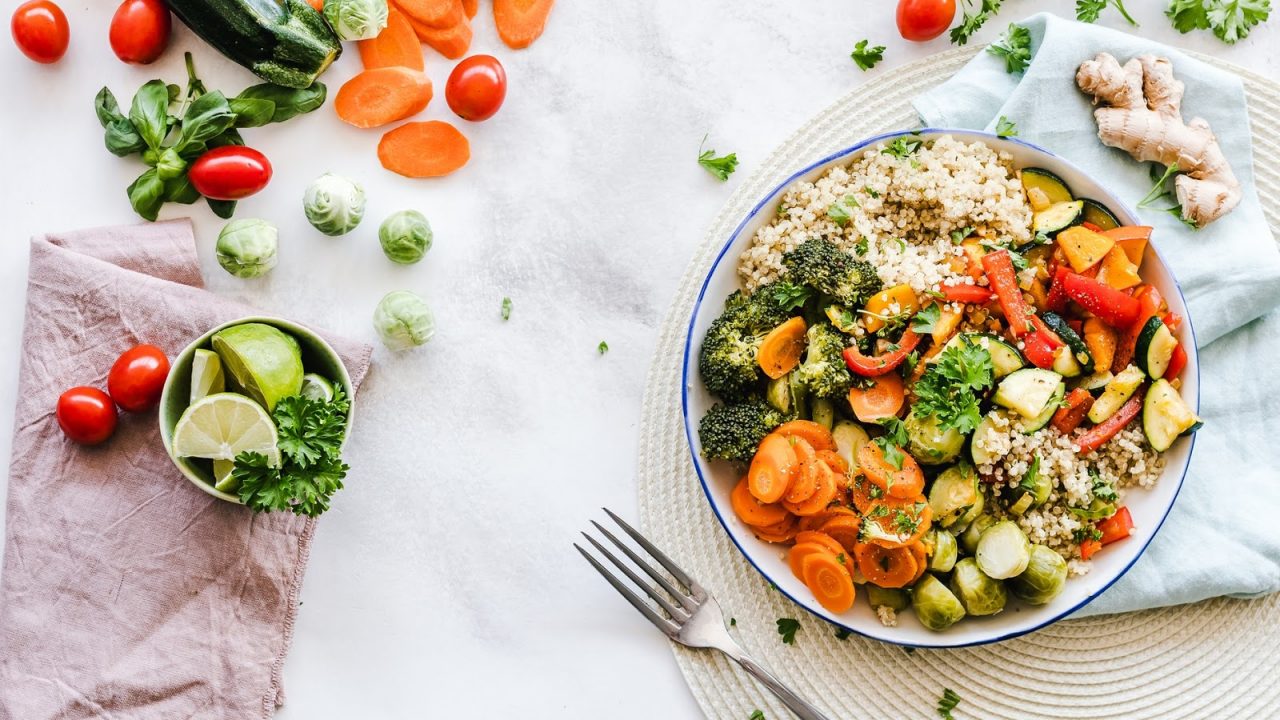
This flexibility also allows occasional indulgences of your favorite high-calorie density foods – no foods are off-limits. Again, the trick is to fill up with the healthy food options so you will be satisfied eating just the minimal amount of your favorite dessert, for example – just enough to satisfy your craving and not feel deprived and frustrated.
The Volumetrics Diet also puts emphasis on exercise – at least 30 minutes is recommended per day. Keeping track of your food intake and physical activity in a journal is also an important component of the diet. This will help you follow and evaluate your progress, so you can make changes where necessary.
Volumetrics Diet – Final Thoughts
The Volumetrics Diet is a healthy approach to sustained weight loss and long-term weight maintenance. It promotes a nutritionally balanced diet and teaches you how to evaluate your foods based on their calorie density and nutrient content. Overall, this diet is great for long-term good health.
You’ll learn to make smarter food choices to feel fuller with fewer calories. As a diet that is designed to be filling and with zero food restrictions, you’ll avoid the typical feelings of hunger, deprivation, and frustration that a lot of dieters struggle with when following highly restrictive weight-loss programs.
The Volumetrics Diet, however, does not provide a clearly defined and structured eating plan. It serves as a science-based guide and you will have to rely on your own sense of discipline and personal accountability. This diet is not ideal for those who require strict guidelines to help them eat right and lose weight.

